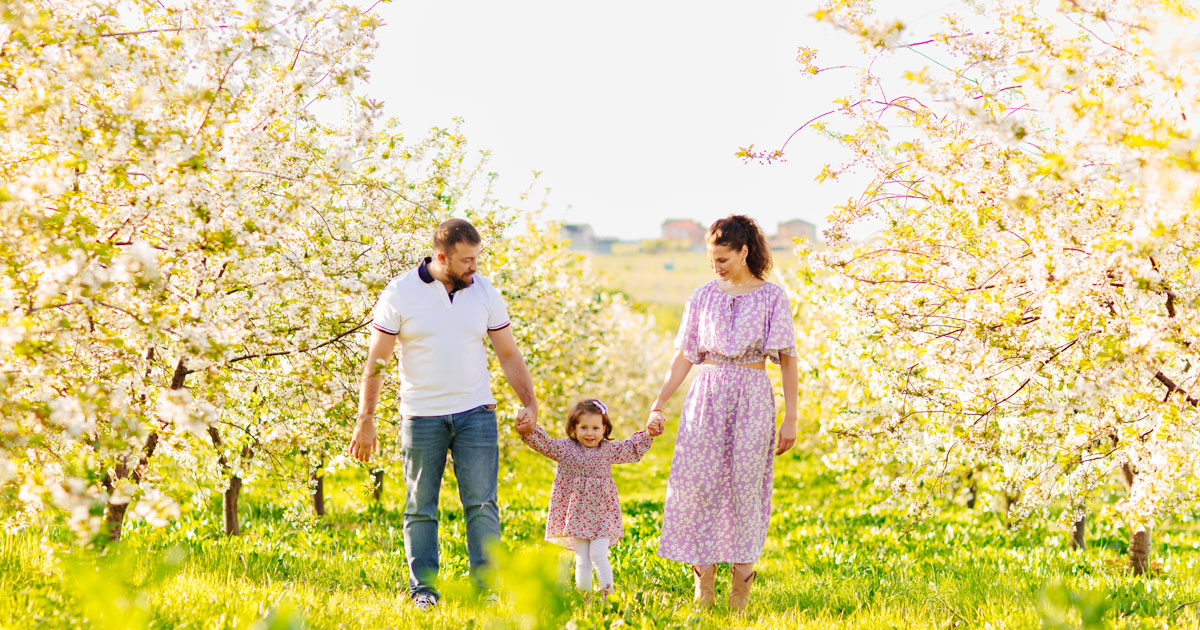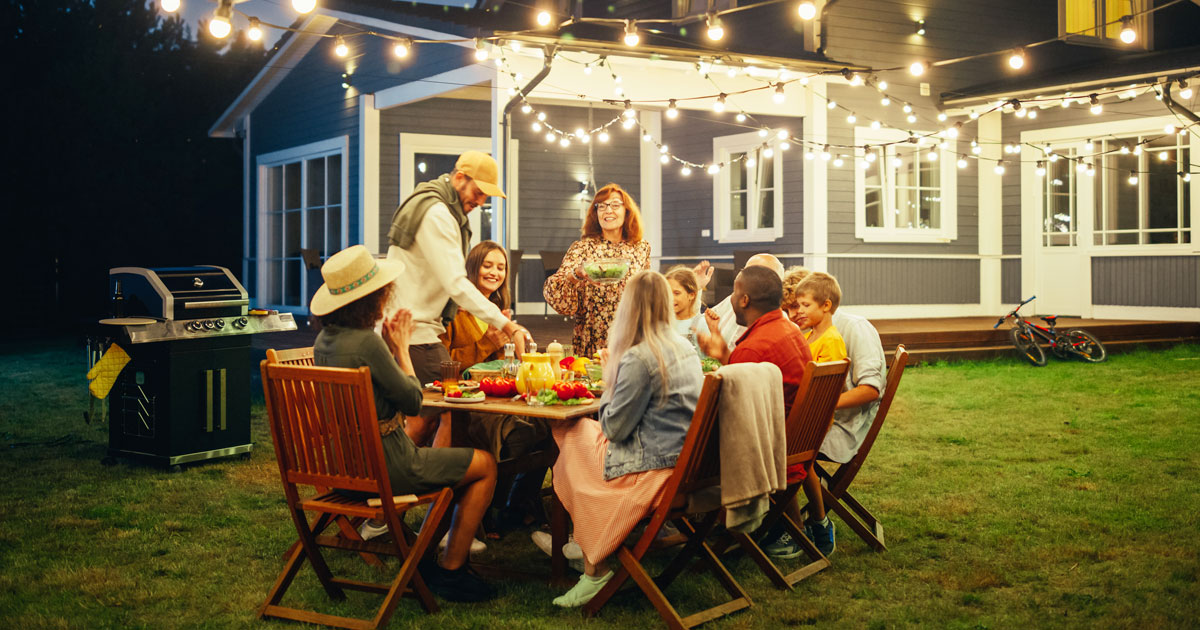Health Connect Series: Danish Hygge (hoo-gah) and the Secrets to Happy Living
“Hygge is about an atmosphere and experience, rather than about things.
It is about being with the people we love. A feeling of home.”
- Meik Wiking, author of The Little Book of Hygge
Hygge. It’s coziness of the soul. A feeling of quiet and comfort. An appreciation for life’s small pleasures. Simply enjoying the good things in life with good people. And the reason the Danish are the happiest people in the world. The Danish wrap themselves in the concept of hygge. It is a state of mind for them. Follow along as we introduce you to hygge in the upcoming Health Connect series so you too may embrace the hygge.
The Hygge lifestyle touches the many dimensions of the wellness kaleidoscope, such as emotional, physical, and social health. Chances are you are already experiencing some of the elements of hygge without even knowing it, but to really appreciate your practice of hygge, first some history.
Hygge and Language. Hygge first appeared in written Danish as a noun about 200 years ago. It’s Norwegian in origin, meaning “well-being.” Hygge has evolved into a way of life and is often used as an adjective, “What a hyggelig living room you have!” and even as a verb, like, “Why don’t you come over and hygge with us tonight?” Or past tense, “We hyggede at the cabin last weekend.”
The word itself may originate from the word hug. Hug comes from the 1560s word hugge, which means “to embrace.” The word hugge, as opposed to hygge, is of unknown origin but could originate from the Old Norse hygga, which means “to comfort.” And that comes from the word hugr, meaning “mood.” It is interesting that the words well-being, hug, embrace, and mood all encompass the elements of hygge.
Hyggelig vs. Unhyggelig. For you etymologists who just can’t get enough, another way to understand the concept of hygge is to think about what is un-hygge-like, or unhyggelig. Drinking tea or coffee is hyggelig. Drinking champagne is unhyggelig. Playing board games is hyggelig, but playing computer games is unhyggelig. Homemade food is hyggelig. Buying it pre-made is unhyggelig. Being content with what you have and who you have to spend time with is hyggelig. Buying things to obtain the right atmosphere or feeling of togetherness is unhyggelig.
For the Danish, hygge is humble, modest, simple, content, and being present. No wonder they are some of the world’s happiest people. Ready to get your hygge on?
Consider your Lighting. Soft lighting in the form of lamps or candles is essential in creating a comforting, cozy atmosphere that is hygge. Twenty-eight percent of Danish people light candles daily and many have more than five candles lit at one time. The Danish word for candles is levende lys, or living lights. Lyseslukker means spoilsport, which alternately means “the one who puts out the candles.”
Danish Fun Fact. A special occasion in Denmark is on May 4, known as lysfest, or light party. On this night in 1945, the BBC broadcasted that the German forces who had occupied Denmark since 1940 had surrendered. Today, Danes celebrate the return of the light on this night by putting candles in their windows.
Home. Home is central to social life in Denmark and is the hygge headquarters, or hjemmehygge. Most Danes say they experience the best hygge at home. Home is all about feeling happy, calm, and secure in your space with your tribe. Do this with cozy textiles, natural elements made of wood, books, candles and soft lighting, and not surprisingly, a fireplace. Home is about how you create the space, not the size.
Togetherness. Being present and in the moment with family and friends and creating memories is at the heart of hygge living. Building and nurturing relationships supplies a sense of belonging, which leads to security and safety. Equality in social circles is crucial in hygge and deeply rooted in Danish culture. No one person takes center stage or dominates the conversation.
Food and Drink. When it comes to food and drinks, hygge is about being kind to yourself, giving yourself a treat, and giving yourself and others a break from the demands of healthy eating. Sweets are hyggelig. Coffee, tea, or hot chocolate are hyggelig. And since spending money is the opposite of hygge, the food and drinks consumed are not fancy or extravagant. The more rustic the food, the more hygge it is.
Danish Fun Fact. The US may have our Superheroes, but Denmark has Kagemand (Cai-man) or cakeman, a traditional guest at Danish birthday parties for children. Kagemand is like a large gingerbread man made of sweet dough and decorated with candies, Danish flags, and candles.
Gratitude and Simple Pleasures. We know that practicing gratitude affects happiness, which explains why another element of hygge is gratitude and savoring life’s simple pleasures. Hygge is making the most of the moment and focusing on what you have, not on what you don’t.
Embracing the Seasons. Hygge is often associated with winter months, but you can apply the concepts all year. Year-round hygge activities include planting and nurturing a garden, a leisurely game of croquet followed by supper cooked over an open fire, picnics, reading under a tree and smelling the freshly mowed grass, spending the day at an apple orchard picking fruit, or going for a long bike ride.
Danish Fun Fact. Denmark is known for its love of bikes. In Copenhagen, almost half of those who live, study, or work in the city cycle to work or school. It is thrifty and good exercise, but the Danes bike because it is easy, convenient, and is the fastest way to get where they are going. And wait for it...biking makes you happy!
Watch for more ways you can be hyggelig as we find our way to Spring.
Heidi Kutz
Education Specialist, ViaroHealth
For questions or comments, contact wellness@viarohealth.com.



-1.png)